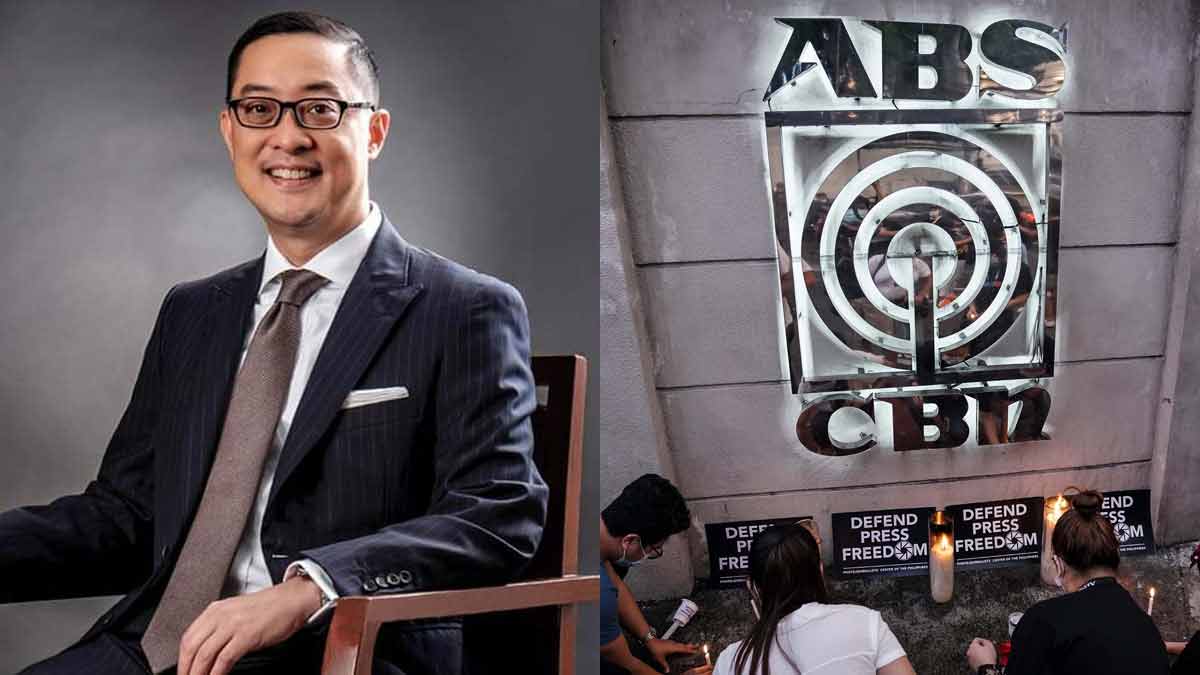After Years of Silence, Battles with Power, and the Painful Shutdown That Left Millions of Filipinos Crying, ABS-CBN Finally Makes Its Shocking Free TV Comeback—A Historic Resurrection That Rekindled Hope and Shook the Nation’s Soul Forever
When the giant sign of ABS-CBN flickered back to life on the nation’s television screens, millions of Filipinos gasped, some cheered, and many openly wept. For years, the network’s shutdown symbolized not only the silencing of a media powerhouse but also the fading of a cultural heartbeat that had shaped the lives of generations. Now, with its triumphant return to free TV, ABS-CBN has ignited a surge of emotion so powerful that it is being described as nothing less than a resurrection of hope.
The Fall That Shook a Nation
It was May 2020 when the unimaginable happened. After decades of dominating Philippine airwaves, ABS-CBN was forced to shut down its free TV operations. For millions of Kapamilya loyalists, the black screen felt like losing a member of the family. No more “TV Patrol” echoing in the living room every evening. No more teleseryes that once glued entire households together. The silence was deafening.
“It felt like our lives were incomplete,” recalled 46-year-old Maricel from Quezon City. “Every night, my family used to sit together for our favorite shows. When ABS-CBN disappeared, it felt like part of our tradition was stolen.”
The shutdown wasn’t just about entertainment. It became a political firestorm, symbolizing deeper questions of press freedom, corporate power, and the struggle between media and government. For many Filipinos, ABS-CBN’s fall was not only a corporate tragedy—it was personal.
Underground Survival
Despite losing its free TV platform, ABS-CBN refused to completely vanish. The network adapted, fighting for survival in the digital age. Shows migrated to YouTube, iWantTFC, and collaborations with other channels like A2Z and TV5. Yet, the soul of ABS-CBN—its direct reach to the masses through free TV—remained absent.
For rural families with limited internet, the shutdown was brutal. “We couldn’t follow the shows anymore,” said Aling Teresa, a sari-sari store owner in Bicol. “Internet is expensive here. Free TV was all we had.”
Behind the scenes, loyal Kapamilya stars continued working with the network, even without the promise of wide exposure. “We stayed because we believed the flame would reignite someday,” shared veteran host and actress Charo Santos in a recent interview.
The Long Wait Ends
On September 2025, after five long years, the impossible became reality. The words flashed on screens nationwide: “ABS-CBN is back on free TV.”
The announcement sent shockwaves across the country. Social media exploded with hashtags like #KapamilyaForever and #WelcomeBackABSCBN, trending worldwide within minutes. Viewers rushed to tune in, almost in disbelief. “Parang milagro,” one fan tweeted. “After all this time, they’re really back.”
Inside the network’s iconic headquarters on Mother Ignacia Avenue, employees erupted in tears and applause as executives confirmed the long-awaited return. Cameramen hugged reporters. Producers cried in the hallways. For many who had endured the dark years of uncertainty, it felt like surviving a storm and finally seeing the sun again.
The Emotional Impact
What made this comeback so powerful wasn’t just the return of a TV channel—it was the restoration of a bond between a network and its people. For decades, ABS-CBN had been more than just a broadcaster. It was the voice that comforted Filipinos in times of disaster, the storyteller that mirrored their struggles and dreams, and the stage where ordinary citizens became stars.
“ABS-CBN is not just media,” said communication professor Dr. Luis Manalo. “It is a cultural institution. Its shutdown wounded the Filipino psyche. Its return has healed something profound in our collective spirit.”
Across the provinces, people gathered in living rooms, barangay halls, and even roadside eateries to witness the rebirth. Children who grew up without ever seeing Kapamilya shows on free TV watched in awe. Elderly viewers, many of whom had lost hope, cried as familiar jingles filled the air once more.
A Show of Strength
ABS-CBN’s return was marked with a grand broadcast marathon titled “Huling Hininga ng Pag-asa” (The Last Breath of Hope). The program featured iconic anchors, legendary actors, and ordinary employees who had remained loyal through the darkest years. It was not merely a relaunch—it was a statement of resilience.
When the opening chords of the Kapamilya theme song played, a wave of nostalgia swept the nation. “It felt like coming home,” said actor Piolo Pascual, who had stood by the network through its trials. “We were lost, but now we are found again.”
Even rival networks sent messages of congratulations, acknowledging the historic weight of the moment. For once, the fiercely competitive Philippine media landscape paused to celebrate something bigger than ratings—a triumph of endurance.
Hope Rekindled
For analysts, ABS-CBN’s return signals a shift not just in entertainment, but in democracy itself. The revival highlights the power of persistence, public demand, and the resilience of institutions under fire.
“This is a story of rebirth,” said journalist Inday Espina-Varona. “They tried to silence ABS-CBN, but it survived underground, reinvented itself, and came back even stronger. That resilience is deeply Filipino.”
In the streets, the celebration continues. Vendors in Divisoria blare Kapamilya songs from portable radios. Jeepney drivers once again play ABS-CBN dramas on tiny mounted TV screens. Families, separated by migration, reconnect through teleseryes that cross oceans via free TV and online streaming combined.

What Comes Next
The comeback, however, is just the beginning. Challenges remain—competition from streaming giants, the need to rebuild infrastructure, and the responsibility of regaining public trust. ABS-CBN executives promise to adapt to the modern media landscape without losing the heart that made them beloved.
“Our mission has always been service to the Filipino,” ABS-CBN President Carlo Katigbak said in a moving statement. “We may have stumbled, but we never stopped serving. Now, we rise again, with renewed strength and purpose.”
For ordinary viewers, though, the meaning is simpler. “We just wanted our family back on TV,” said Lorna, a mother of three. “And now they are home.”
The Curtain Rises Again
The story of ABS-CBN is no longer just about a shutdown. It has become a saga of loss, survival, and rebirth. Its fall shattered millions of hearts. Its resurrection has rekindled millions more.
As the screens once again glow with the Kapamilya colors of red, green, and blue, one truth remains clear: you can silence a signal, but you cannot silence hope.
And in that hope, millions of Filipinos see themselves—resilient, unyielding, and forever Kapamilya.








